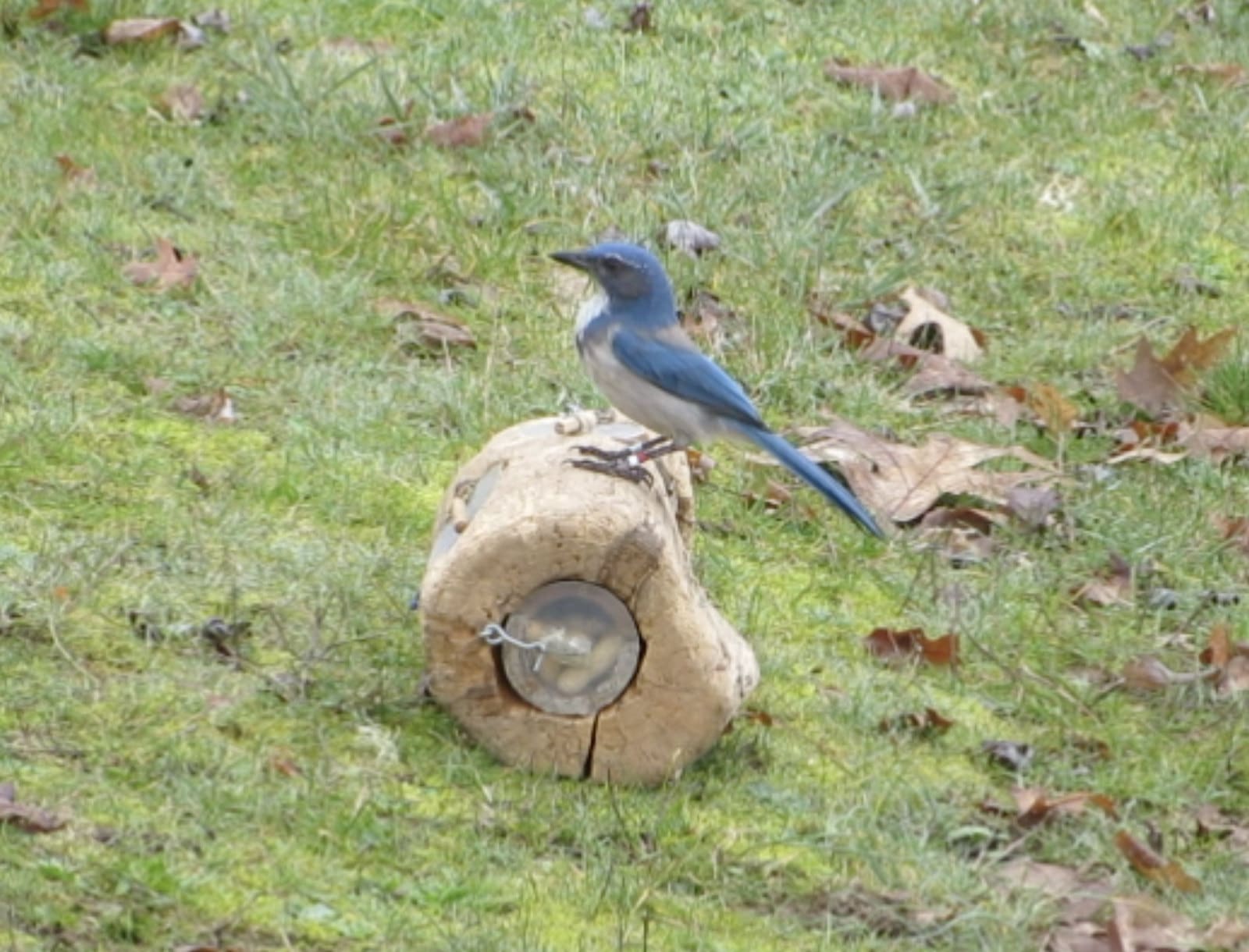

Birds living in groups were thought to be more intelligent than their solitary counterparts. But surprisingly, that turns out not to be the case.
Scientists have long wondered why some animal species are more intelligent than others. A leading theory is that animals that live in groups are smarter. They would require more complex cognitive skills than less social species. However, a new study disproves this hypothesis. Because that doesn’t apply to jays in any case.
Intelligent
The idea that animals living in groups are more intelligent than their solitary counterparts is not in itself far-fetched. “Group-oriented animals can work well together through their intelligence,” said researcher Jonathon Valente. “In addition, they can learn from their fellow group members and at the same time mislead them from time to time.” However, until now it has remained an assumption. “Due to the difficulty of investigating cognition outside of the lab, we don’t have any studies to date that test this theory in wild animals,” Valente said.
jay
In a new study, researchers decided to study the hypothesized difference in intelligence between the sociable Northern Mexican jay and the unsociable western scrub jay. “These two jays are closely related,” notes researcher Kelsey McCune. “They both feed on nuts like acorns and are opportunistic, generalist foragers that like dry, open habitats.” At the same time, there are also differences. Northern Mexican jays live in groups consisting of five to thirty birds. The western scrub jay often sticks to only one partner.
Experiment
The research team decided to put both birds to the same challenge. “We compared intelligence between these species by testing their abilities,” McCune explains. The team placed bird food inside four different logs with a door. Three of the doors had a simple lock. The fourth was unlocked, but contained a less tasty treat: sunflower seeds instead of peanuts. The researchers taught ‘demonstration birds’ of each species how to open a closed door. They then studied to what extent the jays copied the trick of these demonstration birds or came up with an inventive solution to the puzzle themselves.

A western scrub jay on top of one of the puzzles. Image: Oregon State University
The researchers make a surprising discovery. Remarkably enough, the few social jays turned out to be just as eager to learn as the social jays.
Eager to learn
“Contrary to what we thought, the two species showed similar learning abilities,” McCune says. However, the two jay species did follow a different method. The northern Mexican jay learned by watching conspecifics solve the puzzle. Western scrub jays, on the other hand, mainly made use of their own problem-solving abilities.
The study, published in the journal Scientific Reports, illustrates that the relationship between social behavior and the evolution of intelligence is very complex. Because while the researchers had expected the group-focused northern Mexican jay to perform better, their study proves not. “Following wildlife research is clearly needed to better understand when, where and why intelligence evolved,” Valente concludes.
Source material:
†Non-social jays surprise scientists by learning as skillfully as birds living in groups” – Oregon State University
Image at the top of this article: Oregon State University